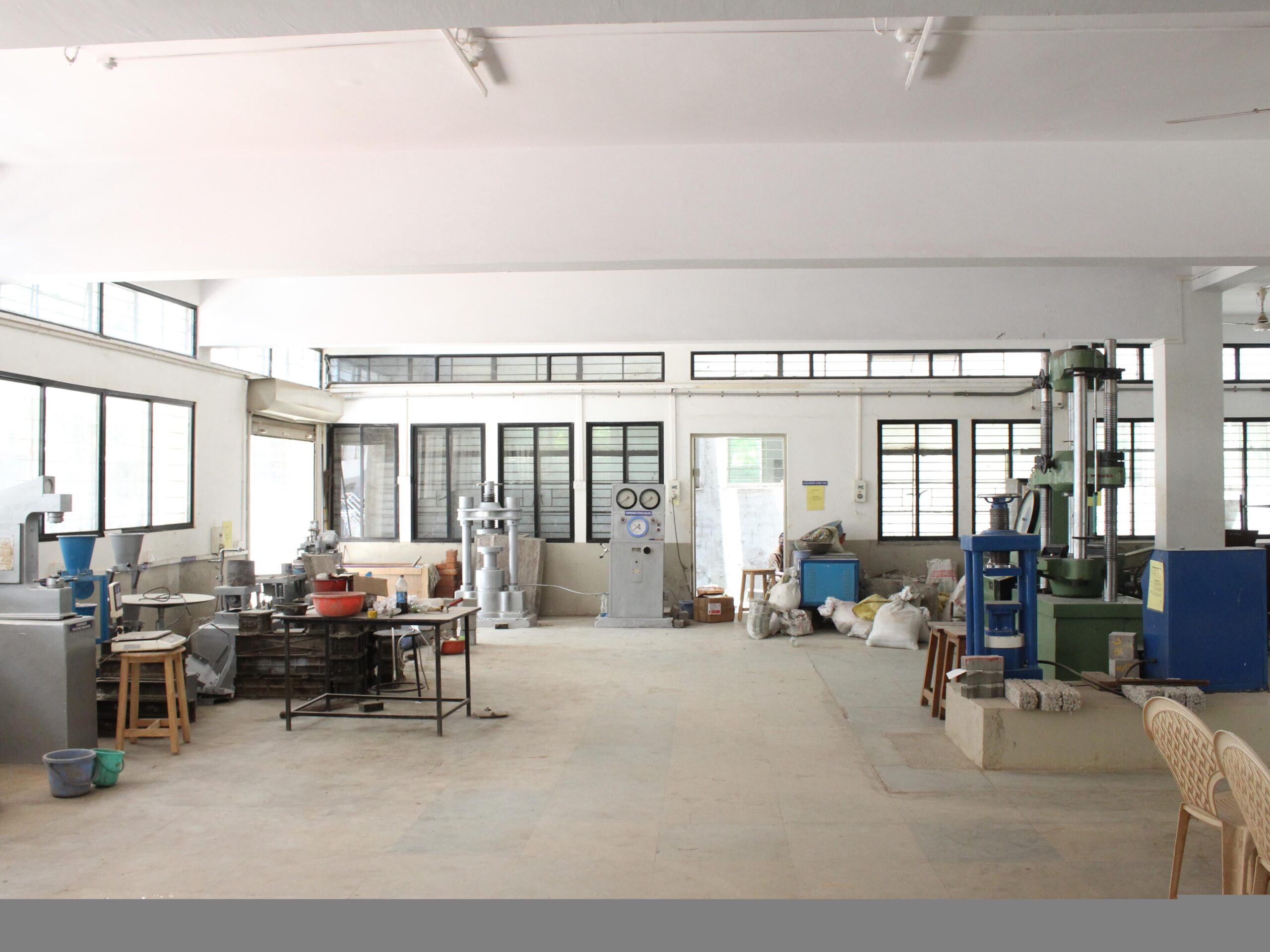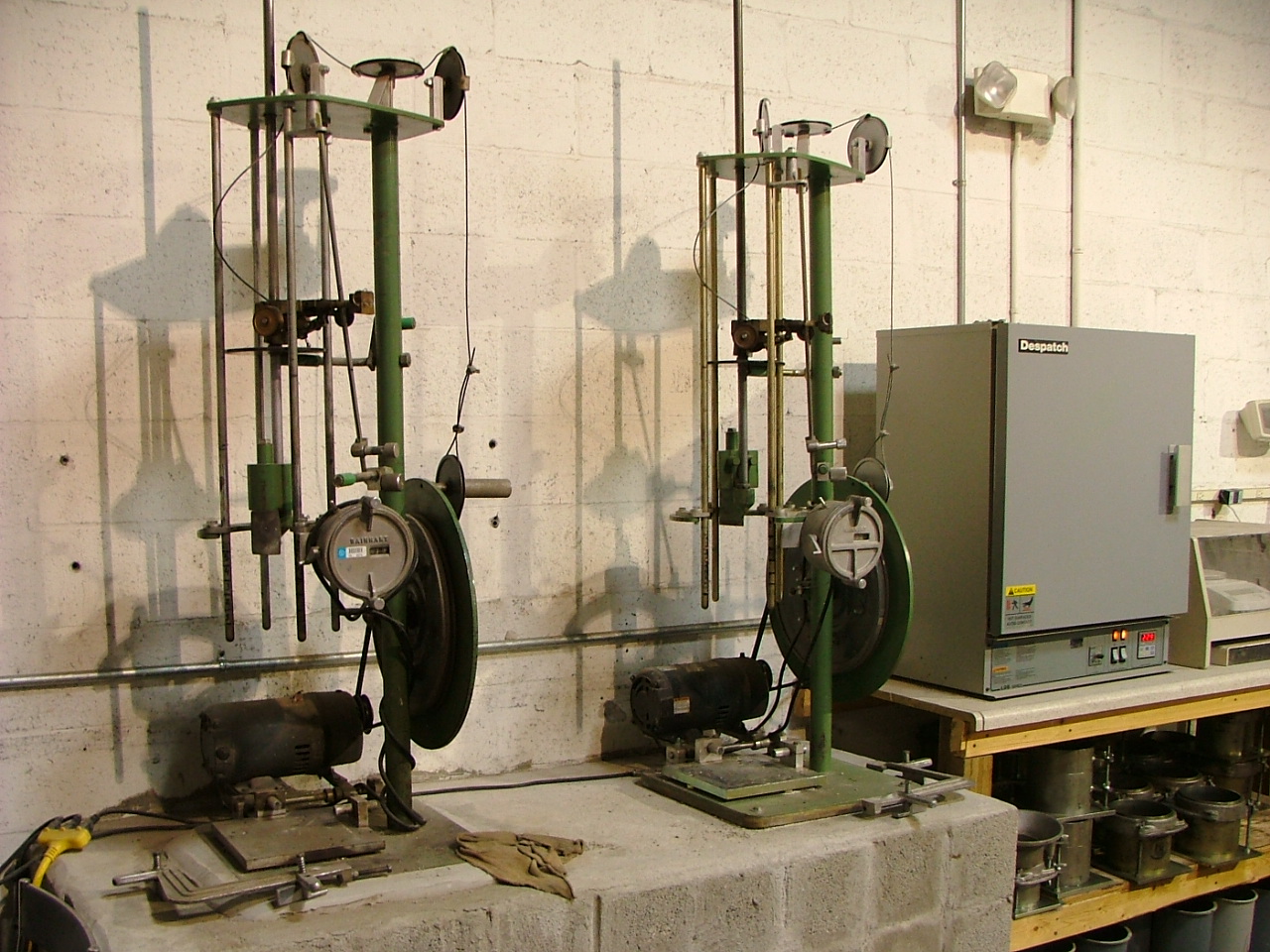Material Testing Lab Mastery: Raising the Criteria of Job Dependability
Material Testing Lab Mastery: Raising the Criteria of Job Dependability
Blog Article
Improvements in Product Screening for Boosted High Quality Assurance
In today's competitive and fast-paced sectors, making certain high-quality products is vital to success. As technology remains to advancement, so does the demand for extra sophisticated material testing approaches. From non-destructive screening methods to automated systems, the area of product screening has actually seen remarkable advancements. In this conversation, we will discover some of the current patterns in material screening, including the use of sophisticated sensor innovations, the assimilation of information analytics, and the role of expert system. These growths not just promise enhanced high quality assurance however additionally hold the possible to reinvent industries throughout the board. So, let's study the world of developments in product testing and find exactly how these developments are forming the future of quality guarantee.
Non-Destructive Checking Techniques
Non-Destructive Testing Techniques play a critical role in ensuring the honesty and quality of products without endangering their architectural integrity. These approaches are used in numerous sectors, consisting of aerospace, building and construction, and production, to detect and identify defects or abnormalities in products or structures. By utilizing non-destructive screening designers, strategies and professionals can assess the residential properties, attributes, and performance of products without causing any damage.
One frequently made use of non-destructive testing method is ultrasonic screening (UT) UT includes the usage of high-frequency acoustic waves to discover flaws such as fractures, spaces, and incorporations in products. This technique functions by sending ultrasonic waves right into the material and analyzing the shown waves to determine the presence and location of any type of abnormalities. UT is specifically effective for examining welds, pipelines, and various other frameworks constructed from steel or composite products.

Non-destructive testing techniques offer useful details about the quality and integrity of materials, making sure that they satisfy the called for requirements and requirements. By executing these methods, industries can enhance their quality assurance processes, minimize the risk of failing or crashes, and inevitably supply more secure and more reputable items to consumers.

Automated Testing Solutions
Automated testing systems have transformed the field of material testing, providing accurate and effective techniques for examining the top quality and honesty of materials. These systems make use of advanced technologies and formulas to automate the screening procedure, minimizing human error and enhancing efficiency.
One key benefit of automated testing systems is their capacity to execute tests at a much faster rate than hand-operated testing techniques. With making use of robotics and innovative software program, these systems can carry out several examinations simultaneously, significantly lowering the moment required for screening large sets of materials.
Moreover, automated screening systems provide a higher degree of precision and precision contrasted to manual testing. They can execute examinations with consistent parameters, making certain that the outcomes gotten are trustworthy and reproducible. By removing human subjectivity and irregularity, these systems give a more objective evaluation of worldly top quality.
Furthermore, these systems are outfitted with sophisticated sensing units and detectors that can discover also the smallest issues or variances in material homes. This enables early discovery of potential problems, permitting producers to take rehabilitative actions before the materials are utilized in critical applications.
In enhancement to their performance and accuracy, automated testing systems additionally enhance security in product screening. By lessening human involvement in possibly dangerous screening procedures, these systems decrease the risk of crashes and injuries, making certain a safer working atmosphere.
Advanced Sensing Unit Technologies
With the integration of innovative sensing unit technologies, material testing systems have achieved also better degrees of accuracy and performance (material testing lab). Advanced sensing unit innovations play an essential function in improving the high quality assurance process by offering precise and real-time data during material testing. These sensors are capable of finding and gauging numerous physical buildings such as temperature, strain, resonance, and pressure, enabling for a detailed evaluation of the material's actions under various problems
One of the essential developments in sensor modern technologies is the growth of cordless sensing units. These sensing units get rid of the requirement for cumbersome wiring and allow smooth information transfer, boosting the total versatility and mobility of the testing process. Cordless sensors can be easily integrated right into existing product screening systems, making them an economical solution for updating and enhancing screening abilities.

Artificial Intelligence in Product Testing
Artificial intelligence has actually transformed the area of product testing, bringing unmatched degrees of accuracy, effectiveness, and predictive abilities to the quality control procedure. With the ability to examine large quantities of data and recognize patterns that may go undetected by human operators, AI formulas have greatly boosted the integrity of product testing procedures.
One of the crucial advantages of utilizing AI in product screening is its capability to predict material actions under different problems. By educating AI versions on historic information, researchers can create predictive models that can estimate the performance of materials in real-world scenarios. This permits suppliers to optimize material selection and design, minimizing the demand for costly and lengthy experimental processes.
In addition, AI can improve the material and automate screening process, boosting effectiveness and reducing human error (material testing lab). AI-powered systems can autonomously execute screening procedures, collect and assess information, and generate extensive records. This not just saves time yet likewise makes sure regular and trusted results
In addition, AI can find and evaluate worldly flaws or anomalies these details with high accuracy. By comparing examination results to predefined requirements, AI formulas can promptly recognize deviations and alert drivers to possible problems. This very early detection of flaws assists protect against faulty products from going into the production process, inevitably improving product quality and client fulfillment.
Integration of Data Analytics
Information analytics plays a vital duty in the integration of product testing procedures, enabling makers to make and draw out valuable understandings informed decisions. By making use of sophisticated analytic strategies, producers can assess big quantities of data gathered throughout material testing to recognize patterns, patterns, and abnormalities that may affect the top quality and performance of their items.
Integration of information analytics in material screening enables manufacturers to keep track of and evaluate numerous specifications and variables throughout the screening process. This includes aspects such as temperature level, pressure, strain, and various other environmental conditions that can impact the actions and qualities of materials. By examining this data, suppliers can get a much deeper understanding of just how different variables engage and influence the efficiency of their products.
Moreover, information analytics assists in like it determining prospective flaws or weaknesses in materials, enabling suppliers to take aggressive procedures to resolve these issues before they bring about item failings or safety risks. This positive approach can anonymous substantially boost the overall quality control procedure and boost customer contentment.
In addition to determining problems, data analytics can likewise optimize material testing procedures by identifying areas of renovation and recommending alterations in the testing procedures. By examining historical data, manufacturers can recognize patterns and fads that can assist them improve their testing procedures, reduce prices, and boost effectiveness.
Verdict
Finally, developments in material testing have led to enhanced quality control in different sectors. Non-destructive testing techniques, automated screening systems, progressed sensor modern technologies, and the assimilation of data analytics have all played a substantial role in boosting the accuracy and efficiency of material testing procedures. In addition, the application of fabricated intelligence in material screening has actually even more added to the growth of more exact and trustworthy testing techniques. These innovations have led to better products and increased client satisfaction.
From non-destructive testing strategies to automated systems, the area of material testing has actually seen amazing innovations. Wireless sensing units can be easily integrated right into existing product testing systems, making them a cost-effective option for upgrading and improving testing abilities.
Assimilation of data analytics in material screening allows producers to monitor and assess different criteria and variables throughout the screening process. Non-destructive screening techniques, automated screening systems, advanced sensor innovations, and the combination of data analytics have all played a considerable function in improving the accuracy and performance of product testing procedures. In addition, the application of man-made knowledge in material testing has better contributed to the development of even more trustworthy and precise testing strategies.
Report this page